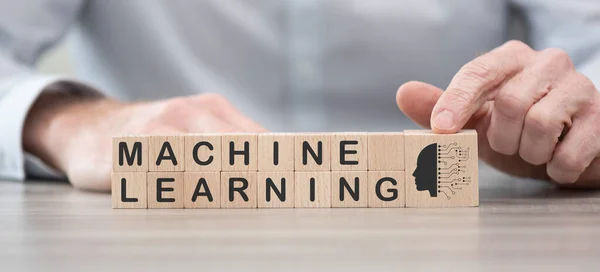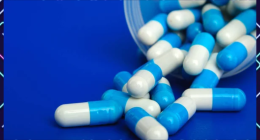Machine Learning Fails in Major Depression Diagnosis Despite Largest Neuroimaging Study – Major depressive disorder (MDD) casts a long shadow, affecting millions globally. Early diagnosis and effective treatment are crucial, but current methods often stumble in the face of MDD’s complex and multifaceted nature. Enter the realm of machine learning (ML), where algorithms are trained to decipher the intricate patterns hidden within the human brain. A recent landmark study, published in Scientific Reports, ventured into this uncharted territory, seeking to establish a benchmark for MDD diagnosis using ML and neuroimaging data.
The scale of this endeavor was unprecedented, analyzing brain scans from over 5,000 participants, including both MDD patients and healthy controls. Researchers meticulously combed through cortical and subcortical brain regions, searching for subtle structural differences that might hold the key to unlocking MDD’s secrets. But the journey was far from smooth.
The initial results, while promising, revealed a sobering truth: distinguishing MDD patients from healthy individuals based solely on brain structure proved surprisingly challenging. The best accuracy achieved hovered around 63%, highlighting the limitations of current ML algorithms and the inherent complexity of MDD.
One significant hurdle emerged from the diverse landscape of MRI acquisition procedures employed across different research sites. These variations introduced subtle biases, inadvertently influencing the algorithm’s ability to discern true MDD signatures. Data harmonization techniques, akin to digital translators, were employed to bridge these discrepancies, leading to a slight improvement in accuracy. This underscored the importance of standardized data collection in future studies.
The researchers explored whether specific brain regions played a more prominent role in MDD diagnosis. Their analysis revealed that cortical thickness, a measure of brain tissue density, emerged as a stronger indicator than surface area. This finding suggests that the intricate wiring and functionality within the brain might hold more clues than its outward form.
Results:
- Balanced accuracy, a measure of both true positives and negatives, reached 63.9% when splitting data by age/sex, suggesting moderate differentiation.
- Data harmonization improved performance slightly, highlighting the impact of acquisition variations.
- Splitting by MRI acquisition site resulted in lower accuracy and no improvement with harmonization, indicating site-specific biases.
- Stratification by demographics and clinical factors yielded minor differences, suggesting brain structure alone may be insufficient for accurate diagnosis.
Implications:
- The study provides a valuable benchmark for future research on ML-based MDD diagnosis.
- Findings highlight the importance of data standardization and harmonization in neuroimaging studies.
- More advanced ML algorithms or combining brain structure with other data sources (e.g., functional imaging, genetics) might be needed to improve individual diagnosis accuracy.
Despite these valuable insights, the study also highlighted the need for further exploration. Stratifying the data by demographic and clinical factors, such as age, sex, and antidepressant use, yielded only minor differences. This suggests that relying solely on brain structure might not be enough. Future research must delve into other data modalities, such as functional MRI and genetic information, to build a more comprehensive picture of MDD.
In conclusion, this landmark study represents a significant step forward in the quest for objective MDD diagnosis. While the current accuracy remains modest, it paves the way for further refinement and exploration. By harnessing the power of more sophisticated algorithms, incorporating diverse data types, and accounting for individual variations, we can inch closer to unraveling the mysteries of MDD and ultimately, equip healthcare professionals with the tools to provide targeted and effective treatment for this debilitating condition. Study source
DON’T MISS: Antibiotic Resistance Crackdown: DNA Sequencing Takes Aim at E. faecium









